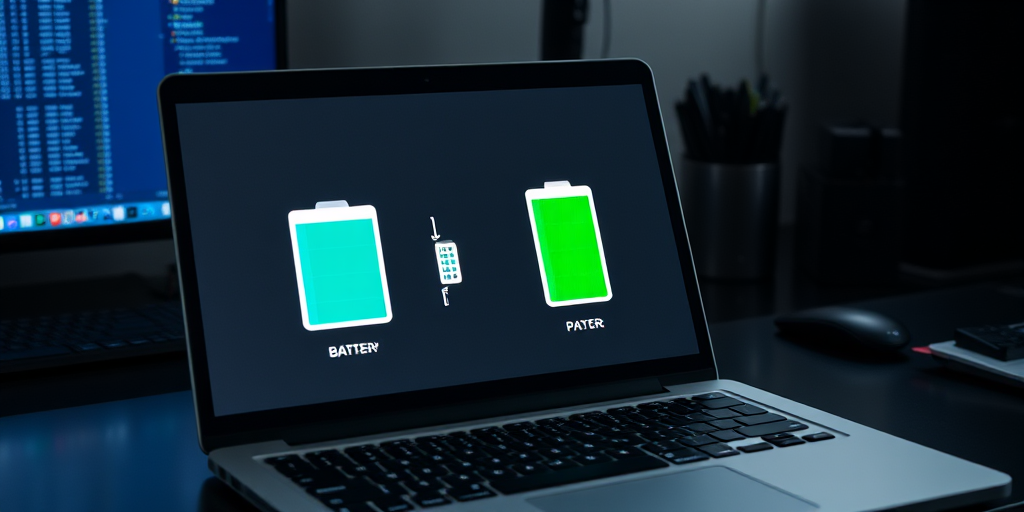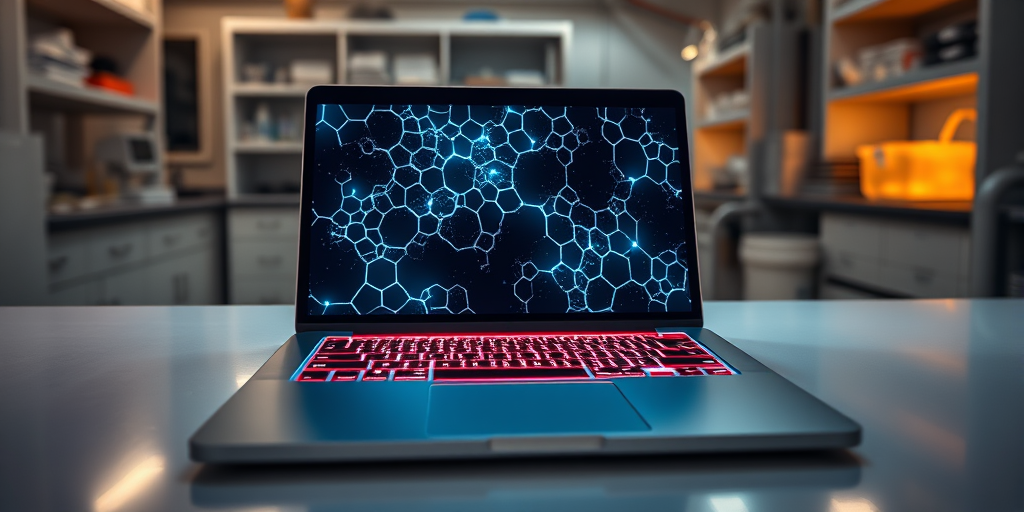Have you ever wondered if your laptop’s battery life could rival the endurance of cutting-edge technology? Our deep dive into graphene batteries uncovers how this breakthrough, known for its exceptional conductivity and lightweight design, might be the key to extending laptop lifespans. As we explore its impressive energy density and superior durability, we reveal how these properties could minimize wear on battery cells and boost overall performance. Join us as we demystify why graphene innovation could soon redefine the future of portable computing.
Technical Insights: How Graphene Batteries Function in Laptops
Graphene batteries operate on a hybrid energy storage model that integrates advanced graphene formulations with conventional battery materials. In contrast to traditional chemical energy storage, these batteries leverage the unique capabilities of graphene to facilitate accelerated electron mobility and sustain higher energy densities. This approach marks a clear departure from reliance solely on reactive chemical processes, providing a pathway toward energy storage breakthroughs in modern laptop designs.
Graphene’s ultra-thin, one-atom-thick structure offers an immense surface area that supports rapid electron migration. This fundamental trait boosts electron mobility and improves overall battery performance. We observe several structural advantages of graphene, as listed below:
- Ultra-thin layers allow minimal resistance to electron flow
- Vast surface area provides extensive active sites
- High electrical conductivity enhances charge transport
- Superior thermal conduction stabilizes temperature fluctuations
The technical benefits of incorporating graphene into batteries are substantial. Notably, its structural properties enable accelerated electron transfer mechanisms and pave the way for increased energy densities. These improvements are encapsulated in several key advantages:
- Faster electron transfer
- Improved energy density
- Rapid charging capability
- Enhanced charge/discharge cycles
- Potential for compact design
Integration into existing laptop architectures poses distinct challenges that require careful consideration. Balancing enhanced energy performance with robust safety features remains a critical focus. We must navigate issues such as material scalability, reliability under high charge cycling, and ensuring that the advanced chemistry formulations do not compromise thermal regulation in high-demand operational environments.
Practical Benefits: Extending Laptop Lifespan Through Graphene Innovation

Faster charging enabled by graphene batteries alleviates downtime and reduces stress on battery cells. With accelerated charge cycling, laptops rapidly regain operational capacity, minimizing periods of inactivity and the detrimental effects of prolonged low-charge states. This swift replenishment not only supports continuous performance during intensive use but also lessens the cumulative strain on battery components, thereby counteracting the chemical degradation that typically shortens battery life.
Improved thermal regulation is another critical benefit afforded by graphene battery integration. The superior heat conduction properties of graphene mitigate the need for heavy cooling systems, allowing laptops to maintain stable internal temperatures even during high-demand operations. By efficiently dispersing heat, these batteries decrease thermal hotspots that can accelerate component wear and contribute to overall device degradation, ensuring that performance remains consistent over extended periods of use.
The incorporation of graphene technology leads to a range of performance-boosting solutions, including:
- Extended battery life
- Reduced thermal degradation
- Minimal maintenance requirements
- Enhanced overall device longevity
Final Words
In the action, we explored graphene batteries’ unique properties and examined technical insights, comparative performances, and practical benefits for laptops.
Our discussions spanned from graphene’s ultra-thin structure to its rapid charging and extended durability.
Technical analyses highlighted challenges, while our practical guide emphasized clear benefits.
We reinforced how advancements in battery chemistry support enhanced thermal management and longevity.
The Role of Graphene Batteries in Extending Laptop Lifespan represents a promising frontier, fueling continuous innovation and a brighter future for device performance.
FAQ
Q: How do graphene batteries work compared to traditional batteries?
A: Graphene batteries utilize a hybrid model with an ultra-thin, high-surface-area structure that accelerates electron mobility. This design enables faster charging, improved energy density, and superior thermal management compared to traditional lithium-ion batteries.
Q: What are the main advantages of graphene batteries for laptops?
A: Graphene batteries offer 60x faster charging, higher energy density, improved thermal regulation, and extended lifecycle. The technology eliminates the need for bulky cooling systems while providing enhanced safety features.
Q: What is the current availability and cost of graphene batteries?
A: Graphene batteries currently cost approximately $1,000 per kilogram, compared to $80 for lithium. While manufacturing scale and costs present challenges, ongoing research across 300,000 design variations aims to reduce production expenses.
Q: How long do graphene batteries last?
A: Graphene batteries demonstrate significantly longer lifespans than traditional batteries, with improved charge cycling and reduced degradation. Their advanced design minimizes wear and maintains consistent performance over extended periods.
Q: Why aren’t graphene batteries widely used yet?
A: Production costs, manufacturing challenges, and voltage compatibility issues currently limit widespread adoption. However, extensive research and development focus on optimizing design variations and reducing production expenses.
Q: What makes graphene batteries more efficient?
A: Graphene’s unique honeycomb structure provides superior conductivity, enabling energy densities of 150-160 watt-hours per kilogram. The material’s high surface area and excellent electron transfer properties enhance overall battery efficiency.



